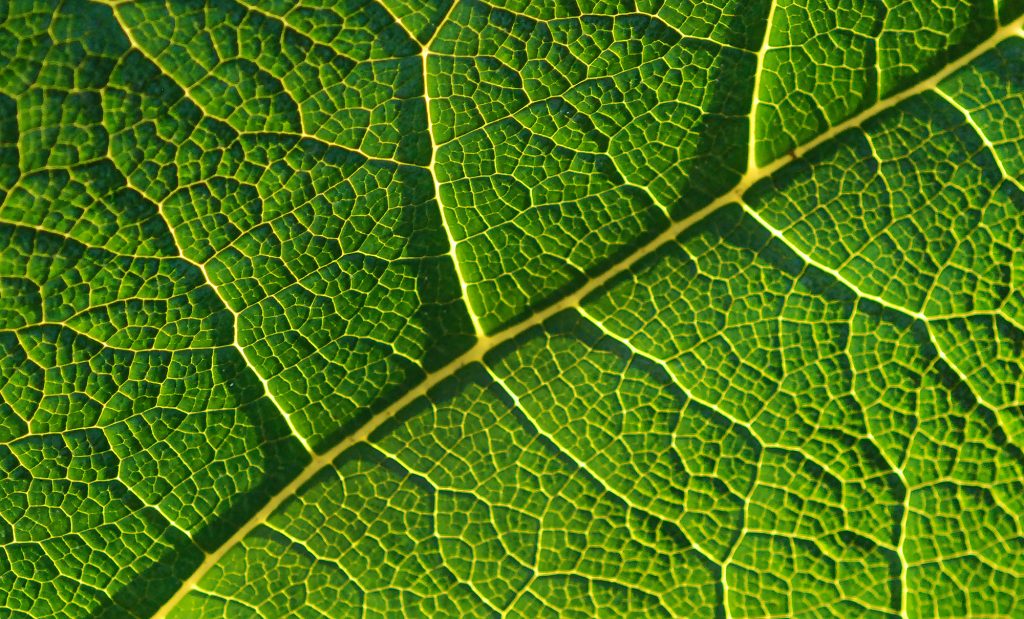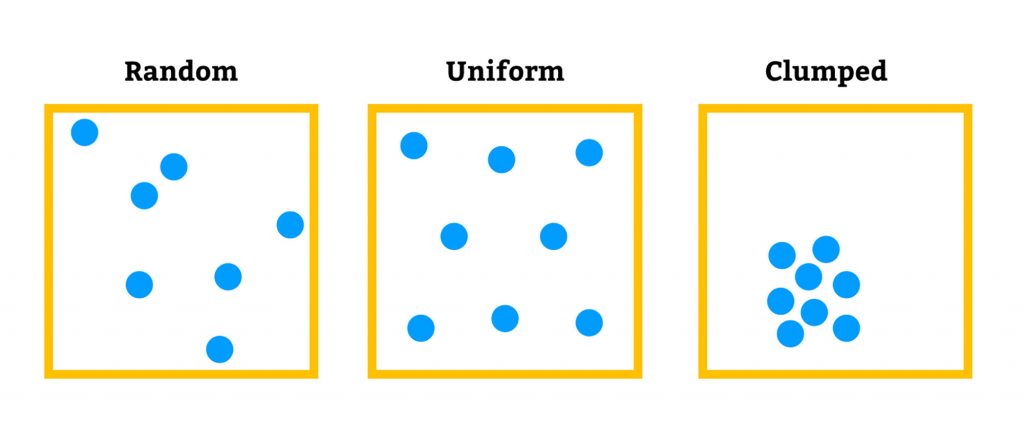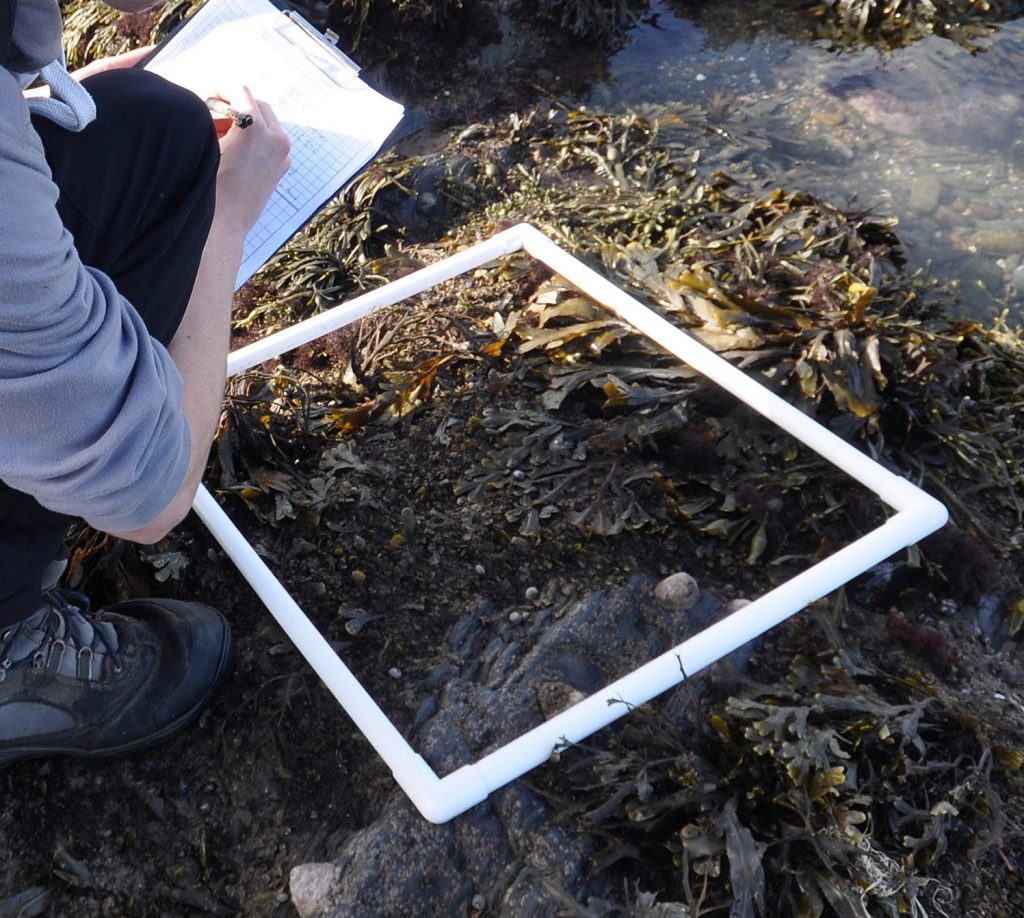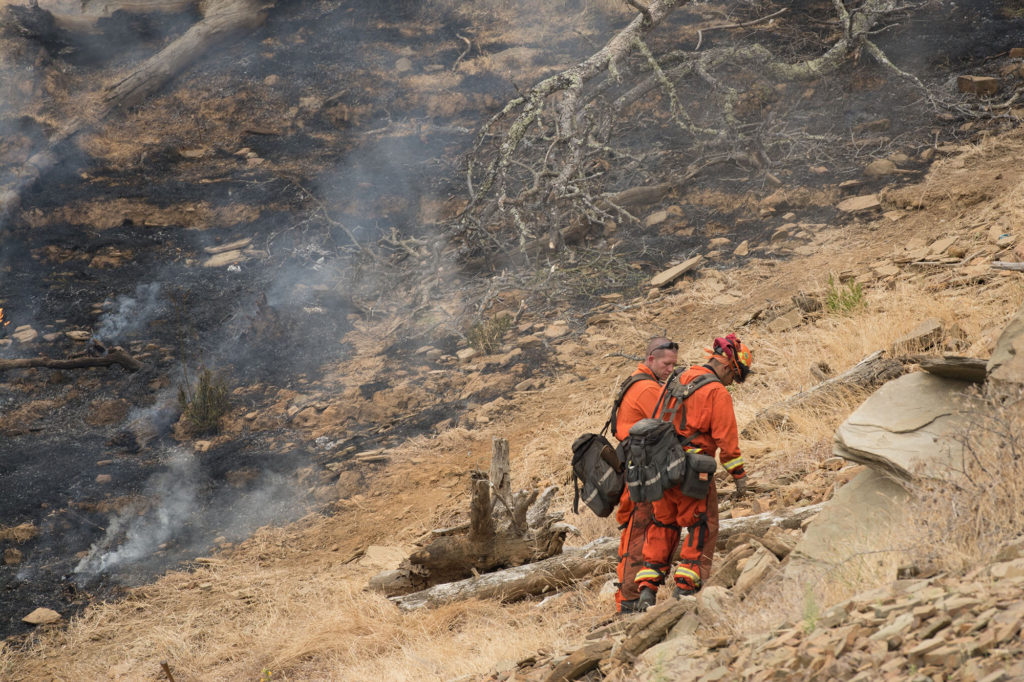
Patterns Searching for Repetitive Occurrences


Patterns Objectives:
- Describe what a pattern is and provide examples of patterns in nature.
- Analyze different forms of population data including a population size chart, carrying capacity, and population distribution.
- Provide the names, locations, and characteristics of temperate grasslands.

Patterns are repetitive occurrences that are used to identify and classify.
Humans are continually searching for patterns and using identified patterns to make sense of the natural world. One of the characteristics of our amazing brains is strong pattern recognition.
This video describes how important pattern recognition is in studying nature.
Populations
Pattern recognition is important in studying populations of organisms.

From the earlier Course Topics page, a population is a group of interacting members of the same s_____.

A population is a single species of interacting organisms. For example, we are all part of the population of Homo sapiens.
The ants in this photo are the same species and their population is building a physical bridge across two leaves.
Populations of organisms have a maximum size due to limited carrying capacity, the number of individuals a habitat can support.

Carrying capacity is limited by the amount of food, space or other resources. Adding extra food to this container has led to a population explosion of mealworm beetles (eggs, larvae, pupae, and adults).
If you would like to start your own mealworm beetle colony (the larva are often used to feed pet reptiles), there is a how-to video on the resource page.
This video explains the significance of carrying capacity in wild populations of animals.
This is particularly a concern in managing species in danger of extinction.
Madagascar Hissing Cockroaches (Gromphadorhina portentosa) are a popular pet. However, if you overfeed them their populations size can quickly grow because you have raised their ________________.
hint: this is “K” in the video.
Besides size, another characteristic of populations is distribution of the organisms.

The blue dots in the image represent individuals in a population.
The meerkats in this photo are demonstrating _____ distribution.
answer: tightly clumped

Monitoring a population can mean returning to a study site again and again over time.
For this guide’s media piece, you will be putting together knowledge of sampling from the previous page with population size and distribution informationon this page to collect data in the field.
Start Your 3A Media Assignment here
Population Quadrat
For this media piece you are making your own quadrat and collecting population data.
First, construct and use a quadrat to sample a portion of a population within a larger space. The quadrat could be string, rulers, pencils, etc. Just keep track of the size of the quadrat so you can extrapolate your data collection within the quadrat to the larger habitat.
Collect data on the organisms in the quadrat. You are collecting data to answer:
-
What is the population size?
-
How is the population distributed?
If you can not go outside, you can create your own habitat to sample (for example a room) and add your own population of “organisms” to sample within the quadrat. You can be creative!

You are submitting a write up of your results that includes: researcher name(s), location, weather, date, time, the number of organisms in the sample quadrat, the extrapolated number in the entire location and distribution of organisms in the population.
Use a combination of writing and images (photos and/or sketches).
Be safe, travel with others if possible, and minimize impact to organisms and their environments.
Temperate Grasslands
Many complete their quadrat media piece in a grassland ecosystem, even if it is a human-made version like a lawn or ditch. This video introduces a significant biome that is often converted to agricultural use: temperate grasslands.
Here is a quick look at prairie just south of Corvallis in the Willamette Valley.
Temperate grassland areas with large-flowered plants interspersed with the grasses are often called meadows.
We will have more on the term “monocot” (grasses) and large-flowered “dicots” in Guide 4A.
Temperate, meaning “not too hot or too cold; not too hot or too dry,” grasslands are typically found in climate conditions somewhere between a desert and a forest. Much of the swaths of temperate grasslands on this general biomes map have been converted to agricultural use.

There is enough moisture for grasses, but it is too dry to sustain many, if any, ____.


Grasslands are susceptible to fires. Dry conditions combined with the fuel of dry leaves can lead to fast-burning fires.
There are ecosystem benefits associated with grassland and forest fires. Fires kill grass pests and also speed up recycling of nutrients back to producers.
The next section describes the process of making field notes and introduces tropical grasslands.

Check your knowledge. Can you:
- Describe what a pattern is and provide examples of patterns in nature?
- Analyze different forms of population data including a population size chart, carrying capacity, and population distribution?
- Provide the names, locations, and characteristics of temperate grasslands?












